All Products we distribute
FutOrganic AG is fully dedicated to the polyester industry. We focus on distribution of virgin and recycled Polyethylene Terephthalate as well as dedicated masterbatches.
Discover our products
Virgin PET
The global virgin Polyethylene Terephthalate (PET) resin market is to boost in coming years. According to market studies total volume was 80,9 million tons in 2021 and is projected to reach 114,7 million tons by the year 2028, growing at a CAGR of 5,2% over the analysis period of 2022-2028.
FutOrganic AG offers PET for the bottling industry, APET for the film and sheet extrusion market, PET homopolymer and Copolyester that is modified to different extend as well as a wide range of viscosities from as low as IV 0,59 all the way up to IV 1,38.
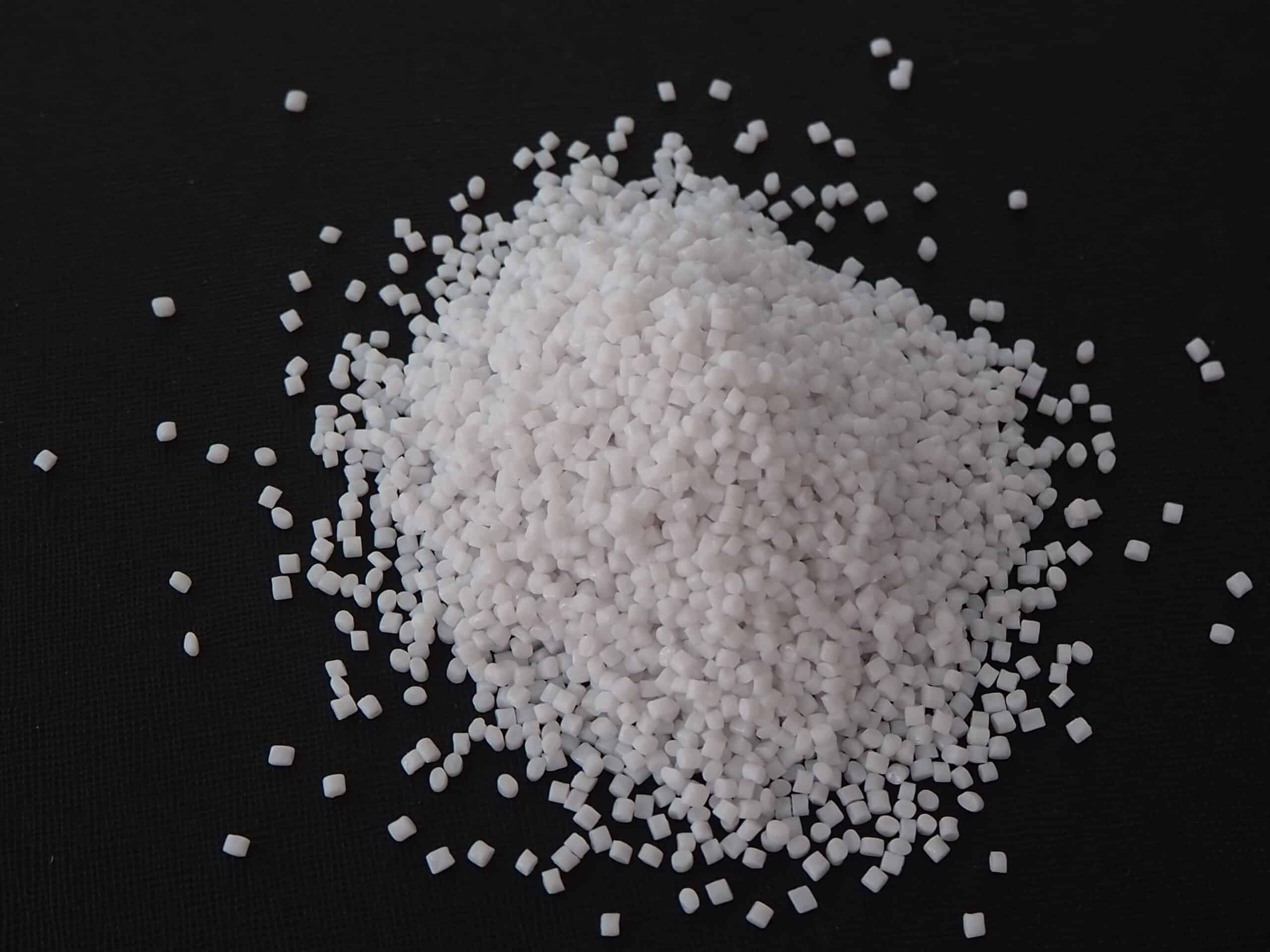
PET Homopolymer
PET standard resin is a polycondensate made from one diol and one dicarboxylic acid and, as such, it is clearly a homopolymer. The applications for PET homopolymer are limited to BOPET film extrusion, CPET tray production and the textile filament business.
High IV PET
High IV levels of PET are around IV 0,95 to 1,15. Such high IV is commonly used in the extrusion of semi-finished goods such as rods, plates and sheets. Due to the higher viscosity improved mechanical properties may be reached.
High-tenacity PET
High-tenacity virgin PET resin is used in the spinning process of high-tenacity multifilament yarn.
Due to the excellent mechanical properties such HT yarn is frequently used in demanding applications when it comes to tensile strength.
Low IV PET
Low viscosity PET, in the range of IV 0,59 to 0,62 is well suited for injection moudling of blood test tubes and thin-wall packaging containers. Such thin-wall moudling is new to the industry attacking a market that is dominated by Polypropylene today.
Ultra-high IV PET
Viscosities of IV 1,38 and above are considered ultra-high. Such PET resins are dedicated to high melt strength end-uses such as extrusion blow moulding of bottles with integrated handle or thick wall cosmetic packaging. Aerosol containers in PET have a requirement for properties reached by this IV level too.
Modified PET
Compared to pure PET, the Homopolymer, PET modified by copolymerization is by far more dominant in the packaging business. All PET bottle grade in the market must be considered a Copolymer due to its modification – even if such modification is at small level.
The modified properties of Copolymer are more desirable for a particular application or processing step. For example, IPA (Isophthalic Acid) can be added to the polymer in place of TPA (Terephthalic Acid). In this case it is commonly referred to a modification on the ‘acid-side’ of the polymer.
Depending on the amount of IPA added the polymer will show a lower Tg and reduced melting temperature. The speed of crystallization is lowered too and at high level of modification the polymer may be characterized as being amorphous rather than semi-crystalline.
Discover our products
Virgin PETG and PCTG
Besides the modification of the polymer on the ‘acid-side’ there is also the possibility to perform a modification on the ‘glycol-side’.
The two most common glycols for such modification are Neopentyl Glycol (NPG) and Cyclohexane Dimethanol (CHDM).
Since these building blocks are much larger than the ethylene glycol units they replace, they do not fit in with the neighbouring chains the way an ethylene glycol unit would. This interferes with crystallization and lowers the polymer’s melting temperature. Such PET is generally known as PETG whereby the G stands for the glycol modification.
PETG and PCTG are widely used in the cosmetic industry because their superior aesthetic qualities make for a unique and eye-catching package. These materials offer brilliant sparkle and clarity, a density that approaches the feel of glass, ease of decoration, excellent chemical resistance, significant impact resistance, and the ability to mould thick-walled parts without any haze or fogginess. Others have found use for PETG and PCTG in the medical packaging, home appliances, and consumer industries.
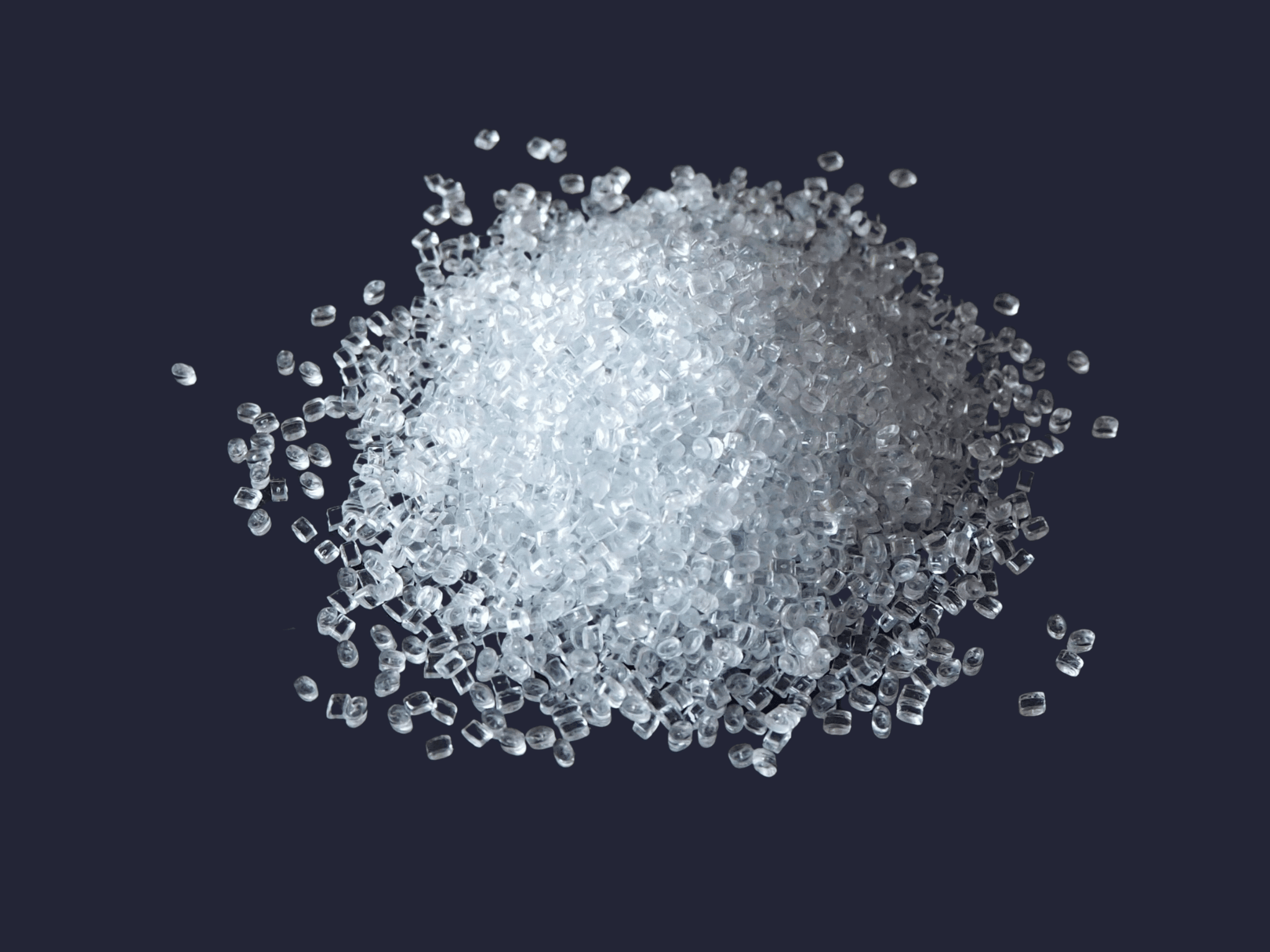
PETG NPG-based
NPG-based PETG is a low-cost alternative to CHDM-based PETG. Mechanical properties are lower when compared to CHDM-based grades. In many cases optical parameters can be considered equally good. When there is no demand for the superb mechanical properties of CHDM-based grades the NPG-based products do a good job. Heat shrink-sleeves, heat seal layers and certain injection moulded cosmetic packaging is well established using this low-cost variant.
PETG CHDM-based
CHDM-based PETG may be considered the original PETG since it was first commercialized by Eastman in 1977 as Kodar PETG 6763 ®.
CHDM-based PETG shows better strength, impact and chemical resistance when compared to NPG-based PETG. Due to a very small number of CHDM manufacturers the availability of this glycol on the market is limited and due to the high production and basic raw material cost combined with complexity of the process the CHDM price is generally high. NPG on the other hand is quite easy to source and cost is significantly lower.
PCTG
The terephthalate polyester family also includes a lesser known but also CHDM-modified Copolyester: PCTG.
PCTG is similar to PETG in application and molecular structure. However, PCTG has higher percentage of modification which gives it even better mechanical properties and chemical resistance when compared to PETG.
PCTG is particularly suited for applications requiring very low extractables, high clarity and very high gamma stability. It exhibits many of the properties of polycarbonate with the advantage of containing no BPA, BPS or any other bisphenols.
Discover our products
Naphthalates Monomers
and Polymers
Our US-based partner, Indorama Ventures Xylenes and PTA (IVXP) is the world’s largest manufacturer of commercial grade Naphthalate monomers and polymers. These monomers and polymers offer opportunities to upgrade the performances of a host of goods produced as fibers, films and sheets for various end-use applications.
These materials also deliver good engineering properties as neat polymers, as modified materials with fillers or as modifiers to many engineered polymers.
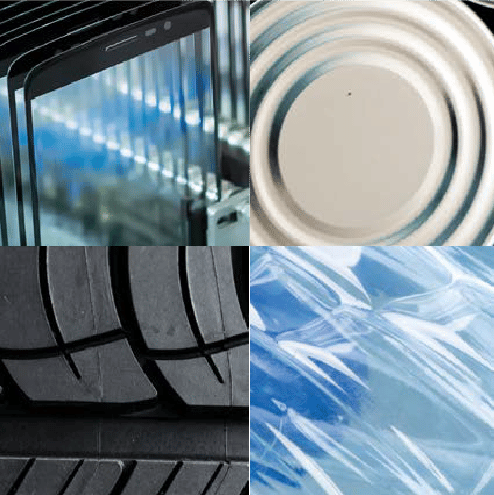
PEN
Polyethylene Naphthalate (PEN) is a semi-aromatic transparent polyester synthesized from naphthalene-2,6-dicarboxylic acid and ethylene glycol. Compared to PET, it has lower oxygen permeability, improved hydrolytic stability, higher tensile strength and service temperature, as well as reduced elongation and shrinkage due to its higher glass transition temperature (120°C vs 75°C). PEN usually surpasses PET in top end demanding applications and is often a good and less expensive alternative to polyimides. Its performance is between durable polyester and high-performance polyimides.
PEN is extensively used in film applications. Some examples are flexible printed circuits, labels, laminates, and optical displays. Due to its low oxygen permeability, it is particularly suited for products that are susceptible to oxidation. PEN is also used as a high-performance fiber. It has a very high modulus and better dimensional stability than other polyester or nylon fibers.
NDC
Dimethyl-2.6 Naphthalendicarboxylate (Monometer)
PBN
Polybutylene Naphthalate (PBN) is a specialty polyester polymer derived from 1,4-butanediol plus either NDC or PNDA. It is structurally like polybutylene terephthalate (PBT), but with improved thermal, barrier (both diffusional and UV penetration), mechanical, and weathering properties. Its fabricated products include rigid packaging, thermoforms, and engineering resins.
PENCo
PENCo is the abbreviation for a collection of Copolymers from PEN and PET.
The combination results in improved thermal, barrier (both diffusional and UV penetration), mechanical, and weathering properties with respect to standard PET. The composition of the copolymers is tailored to meet the optimized needs of the end use applications, which include packaging of beverages, pharma and cosmetic business.
PNDA
Purified 2.6 Naphthalene Dicarboxylic ACID (Monometer)
Discover our products
Recycled PET
PET Flakes
The base material of PET Flakes is provided by post-consumer PET bottles from deposit returns and various collection schemes. In future other PET packaging products such as trays, cups, jars and thermoformed packaging will be part of this circular economy.
These bottles undergo several treatment processes such as sorting, shredding, dry cleaning and hot washing.
Flakes can be reused directly in film, sheet, filament and other extrusion processes or may be recycled to rPET in a secondary step.
The market differentiates between the following flake types:
- Clear Flakes
- Light-blue Flakes
- Coloured Flakes
rPET Pellets
In order to allow for food contact bottles to be produced from recycled PET flake a secondary processing step is required. Current technology of injection moulding machines producing PET pre-forms does not allow for direct flake processing.
Flakes are decontaminated, extruded, filtered, granulated, crystallized and raised in viscosity by solid-state-polycondensation to generate a reworkable material: rPET pellets
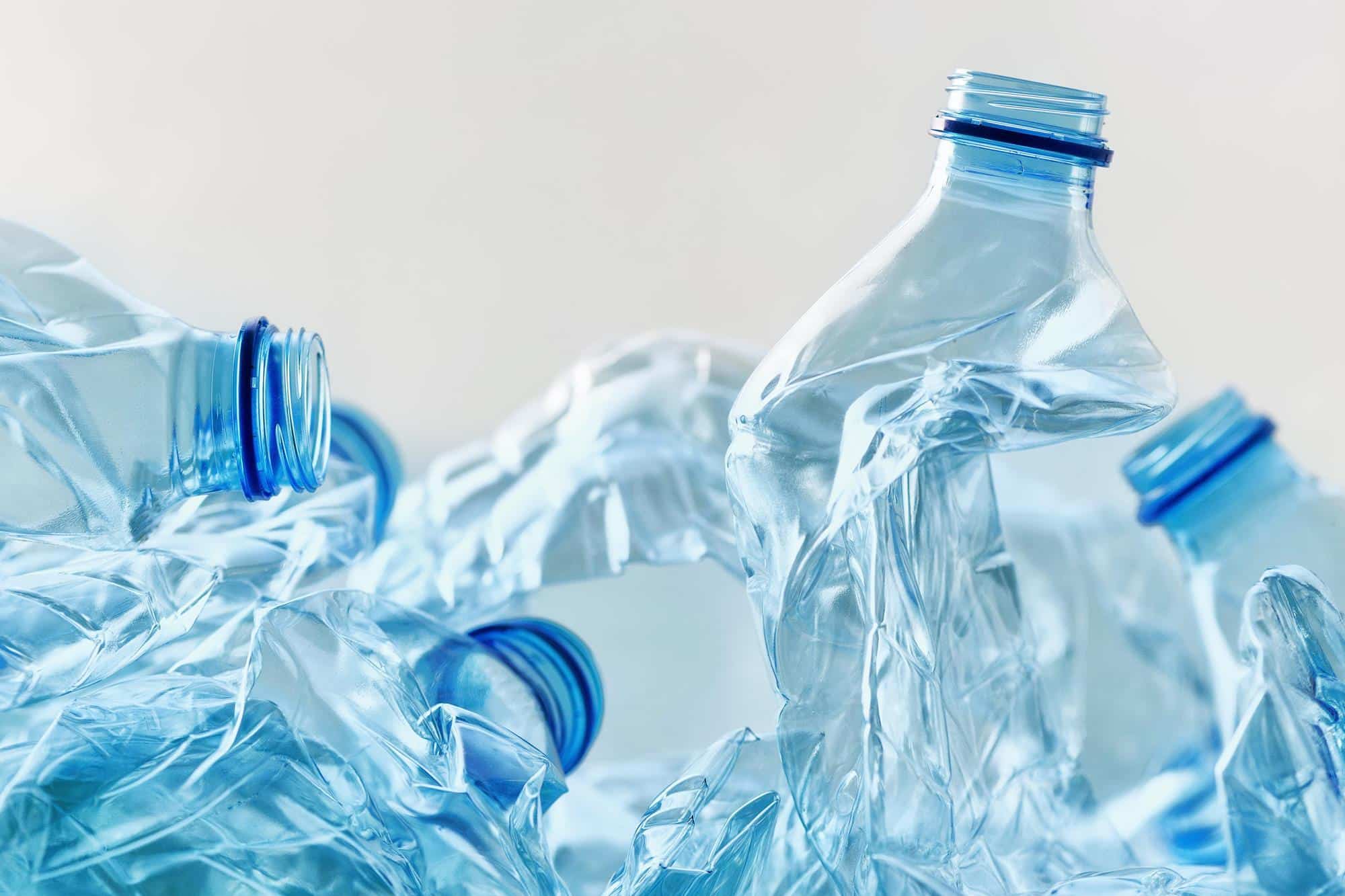
Discover our products
PET Film and Sheet special Masterbatches
Functional Masterbatch Solution
Functional masterbatches provide the produced article a function to improve processing, further processing or, in general, the requested properties of the end product. These functional improvements can be a reduced coefficient of friction (COF) of a film, improved flow properties or increased UV stability of the component.
Optical Masterbatch Solution
Optical masterbatches provide the product a different colour appearance. In general, these can be colours, but also white or black masterbatches. Optical brighteners provide PET sheet and film a colour neutral shade caused by yellowish rPET flakes.
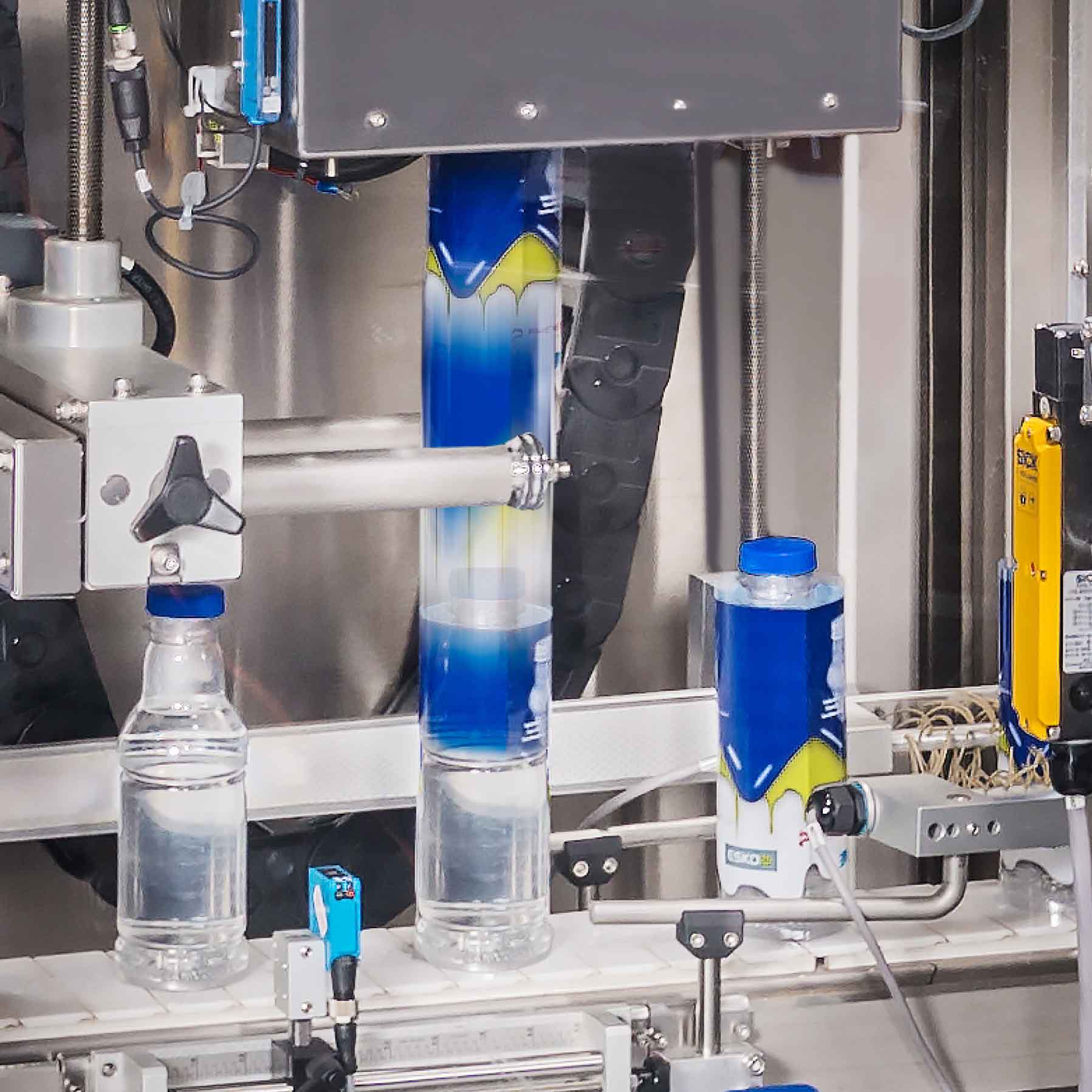
Discover our products
PET Barrier Mono-Material Solutions
O₂ and CO₂ Barrier Additive

FutOrganic AG is the officially appointed agent of Point Plastic S.r.L. for PET Mono Barrier Solution.
The use of barrier additives substitutes the presence of EVOH in the A-PET structure facilitating the recyclability of the scraps and of the final thermoformed FFS-tray.
O₂ and CO₂ barrier additive are highly efficient solutions to increase the barrier against oxygen of a A-PET sheet used in the packaging market segment. The additive is added to the B-layer in a typical A/B/A sheet structure.
This solution allows extrusion and thermoforming of highly transparent A-PET trays as used in form-fill-seal (FFS) packaging applications of fresh foodstuff.
In injection moulding the additive is added in mass with PET pellets.
High Service Temperature Compounds

FutOrganic AG is the officially appointed agent of Point Plastic S.r.L. for PET Mono Barrier Solution.
Our compound solutions provides a strong improvement of the heat resistance of A-PET containers while keeping transparency.
The compound is added to the A-layer of an A/B/A sheet structure. The increase of thickness of the A-layer will determine the final heat resistance.
Sealable Polymer Solution

FutOrganic AG is the officially appointed agent of Point Plastic S.r.L. for PET Mono Barrier Solution.
Heat sealable polyester and masterbatch solutions are highly efficient to provide a sealing layer on A-PET and CPET sheet. Such layers provide excellent heat seal properties even in case of contamination of the sealing surface itself. Using the right top-web is essential to achieve the required bond strength. From solid seal to easy open and re-seal everything is possible.
Our special polyester and masterbatch solutions replace the PE-layer in well-established PET/PE laminated or coextruded structures making the bottom web of such form-fill-seal (FFS) trays fully recyclable.
The substitution of PE in PET/PE is a great step towards mono-material circular economy.

How we work
Move your business growth to the next level
Looking for a reliable partner in the polyester industry? Look no further than FutOrganic. We are a leading provider of Polyethylene Terephthalate (PET) in virgin & recycled forms and PET-based specialty products.
With years of experience in the industry, we have the knowledge and expertise to help you succeed. We are passionate about what we do and take pride in developing long-term relationships with our customers.
If you are looking for a partner you can trust, contact us today to learn more about our products and services.
Call us
Contact now
